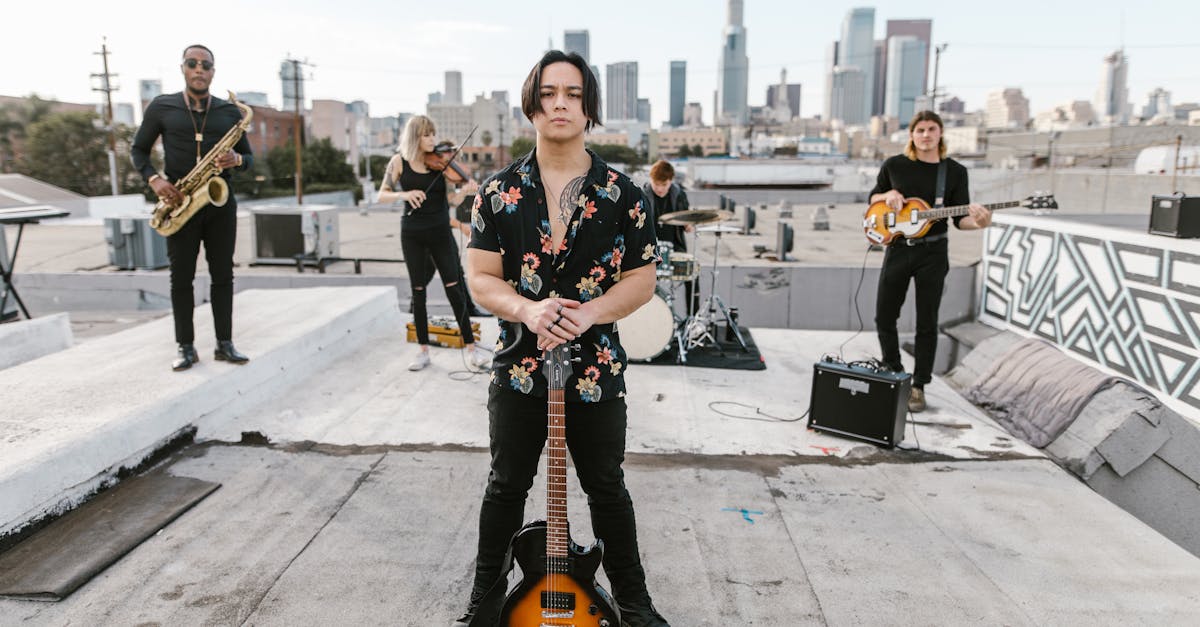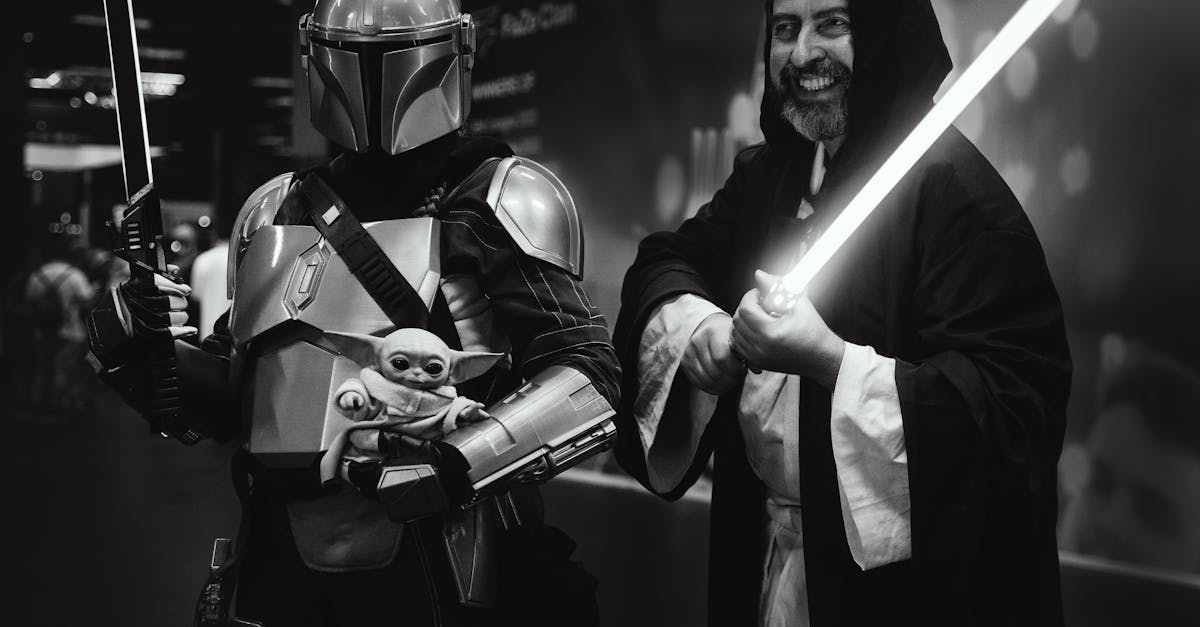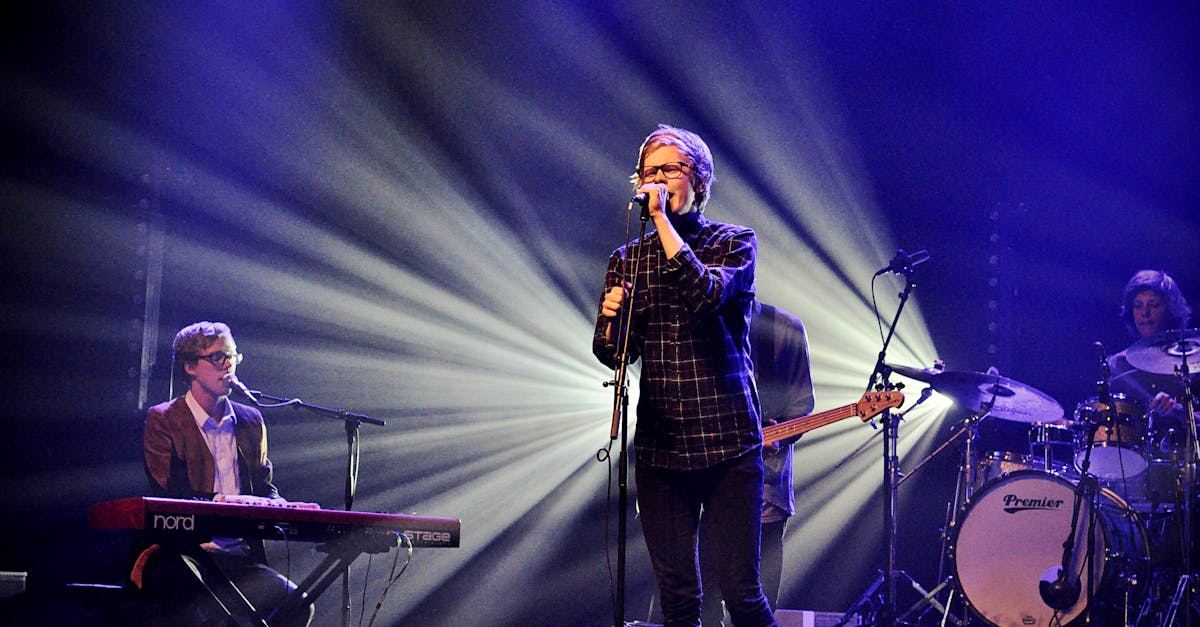The Symphony of Urban Melody Evolution
Introduction
Urban Melodies have shaped the soundscapes of cities around the world, bringing diversity and vibrancy to the music scene. Over the years, urban music has evolved, drawing from a rich tapestry of cultural, social, and technological influences. From the smooth rhythms of jazz in Harlem to the rebellious beats of hip-hop in the Bronx, each genre carries its unique story and heritage. As these melodies evolved, they reflected the societal changes and struggles within urban environments. Today, urban music continues to be a significant and evolving part of our musical culture, drawing audiences globally. But what factors have influenced the evolution of urban melodies?
Advertisement
Birth of Urban Melodies
Urban music traces its roots back to the African American communities in the early 20th century. Jazz emerged from New Orleans, setting the stage for future urban genres. This genre encapsulated the aspirations and challenges faced by marginalized communities. As jazz expanded beyond its birthplace, it became a symbol of freedom, improvisation, and cultural expression. The urban landscape provided a fertile ground for melodies to grow, capturing the essence of the times. With jazz's influence, other genres such as blues, soul, and gospel began to take shape.
Advertisement
The Rise of Hip Hop and Rap
In the 1970s, hip hop and rap originated in the Bronx, New York, as a response to the socio-economic hardships faced by African American and Latino communities. DJs and MCs collaborated to create a new sound, blending rhythmic storytelling with innovative beats. The genre quickly gained traction due to its raw authenticity and ability to articulate urban struggles. As hip hop grew, it absorbed diverse influences, resulting in a wide array of sub-genres. Its rhythmic essence evolved, influencing fashion, language, and art globally.
Advertisement
The Influence of Technology
Technological advancements have played a crucial role in shaping urban melodies. The advent of digital sampling and drum machines in the 1980s revolutionized music production. This allowed artists to experiment with sound, creating innovative beats and rhythms previously unimaginable. Recording studios became more accessible, allowing emerging urban artists to produce music independently. Websites and streaming platforms have further democratized music distribution, enabling urban music to reach global audiences instantly.
Advertisement
Cultural Cross-Pollination
Urban music has continuously evolved by meshing with other musical traditions and styles. This cross-pollination has birthed genres like reggaeton, which emerged from blending reggae with Latin musical influences. K-pop's integration of urban music elements signifies its globalized appeal. Cross-cultural partnerships exemplify how urban music adapts while maintaining its core spirit. Artists create unique sounds by mixing traditional melodies with contemporary urban beats, fostering innovation and diversity within the genre.
Advertisement
Social and Political Commentary
Urban music serves as a powerful platform for social and political commentary. Legendary figures such as Tupac Shakur and Kendrick Lamar have addressed themes of inequality, identity, and resilience in their lyrics. These melodies become anthems of change, amplifying the voices of marginalized communities. Urban music often reflects societal realities, inviting audiences to engage with critical issues. As urban environments continue to evolve, so do the narratives embedded within their melodies, shaping public discourse.
Advertisement
The Role of Urban Melodies in Modern Culture
Today, urban melodies are deeply woven into the cultural fabric of modern society. They influence fashion trends, dance styles, and even film soundtracks. Urban music festivals attract diverse audiences, celebrating a rich cultural tapestry. Despite occasional criticism, these melodies remain grounded in authenticity, reflecting the urban experience. Their universal appeal demonstrates the genre's ability to resonate across different cultures and demographics. Urban melodies continue to inspire, documenting the ever-changing stories of city life.
Advertisement
Bridging Generations Through Music
Urban melodies have bridged generations, connecting older styles with contemporary sounds. Artists like Anderson .Paak and Lizzo pay homage to past influences while reimagining their music for present-day audiences. This intergenerational dialogue fosters respect and appreciation for urban music's heritage. It offers both nostalgia and novelty, fostering a sense of community among listeners. As urban melodies evolve, they preserve history while paving the way for future musical innovations.
Advertisement
Challenges Along the Way
Despite its success, urban music has faced challenges, including stereotyping and commercialization concerns. Censorship and misrepresentation occasionally undermine the genre’s authentic storytelling. Misconceptions persist about urban music perpetuating negative stereotypes. Artists and communities work toward re-defining these narratives, showcasing diversity and depth. By championing creativity and inclusivity, the urban music scene continues to overcome these hurdles, reaffirming its cultural significance.
Advertisement
Conclusion
Urban melodies, entrenched in history and innovation, continue to shape the global music landscape. Originating in the heart of bustling cities, these melodies capture both the struggles and triumphs of urban life. Their evolution reflects technological advancements, cultural exchanges, and profound societal transformations. As they travel across borders, urban melodies connect people from diverse backgrounds, fostering unity through sound. As long as cities thrive, the symphony of Urban Melody Evolution will undoubtedly continue to play on.
Advertisement





